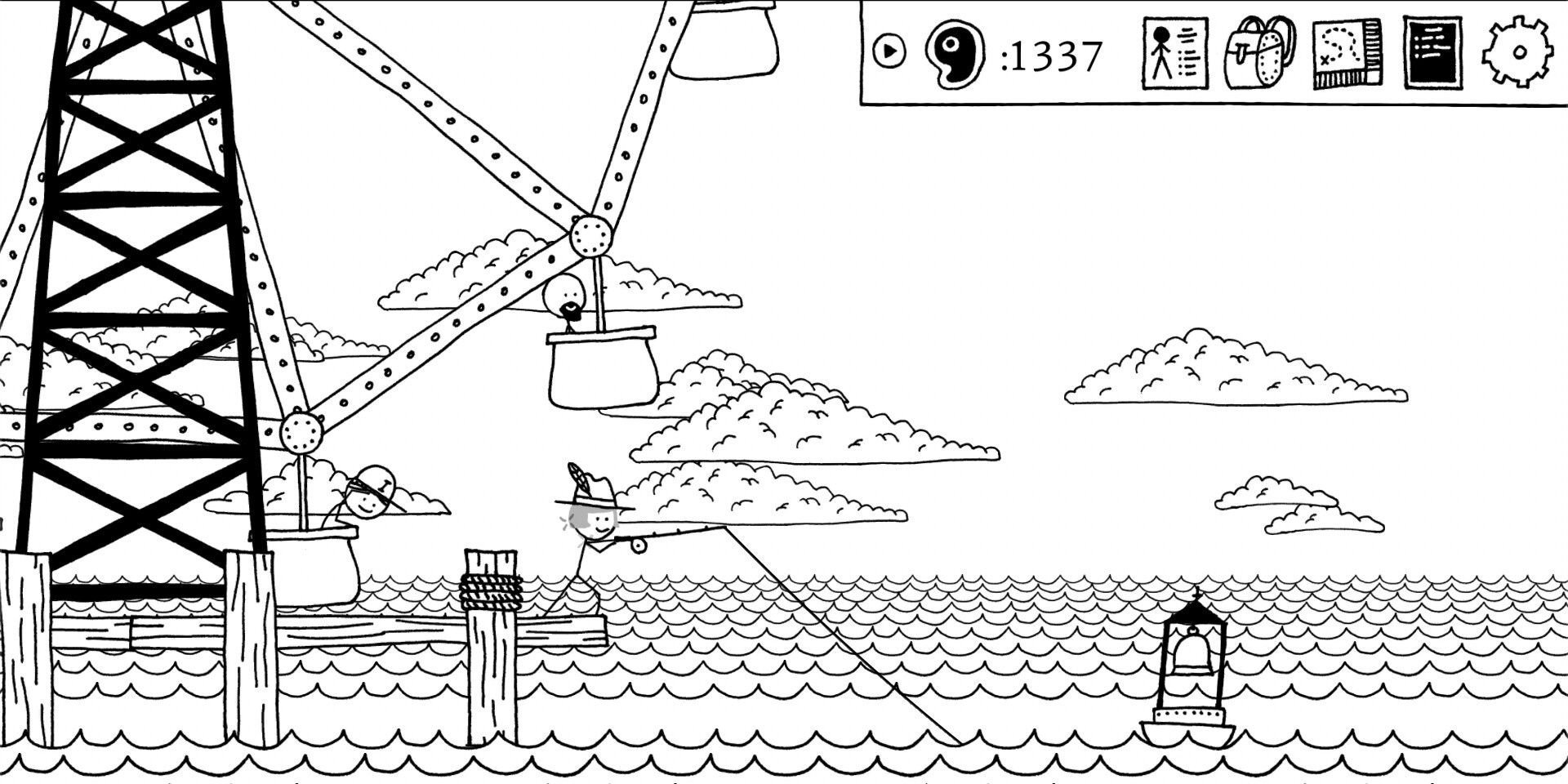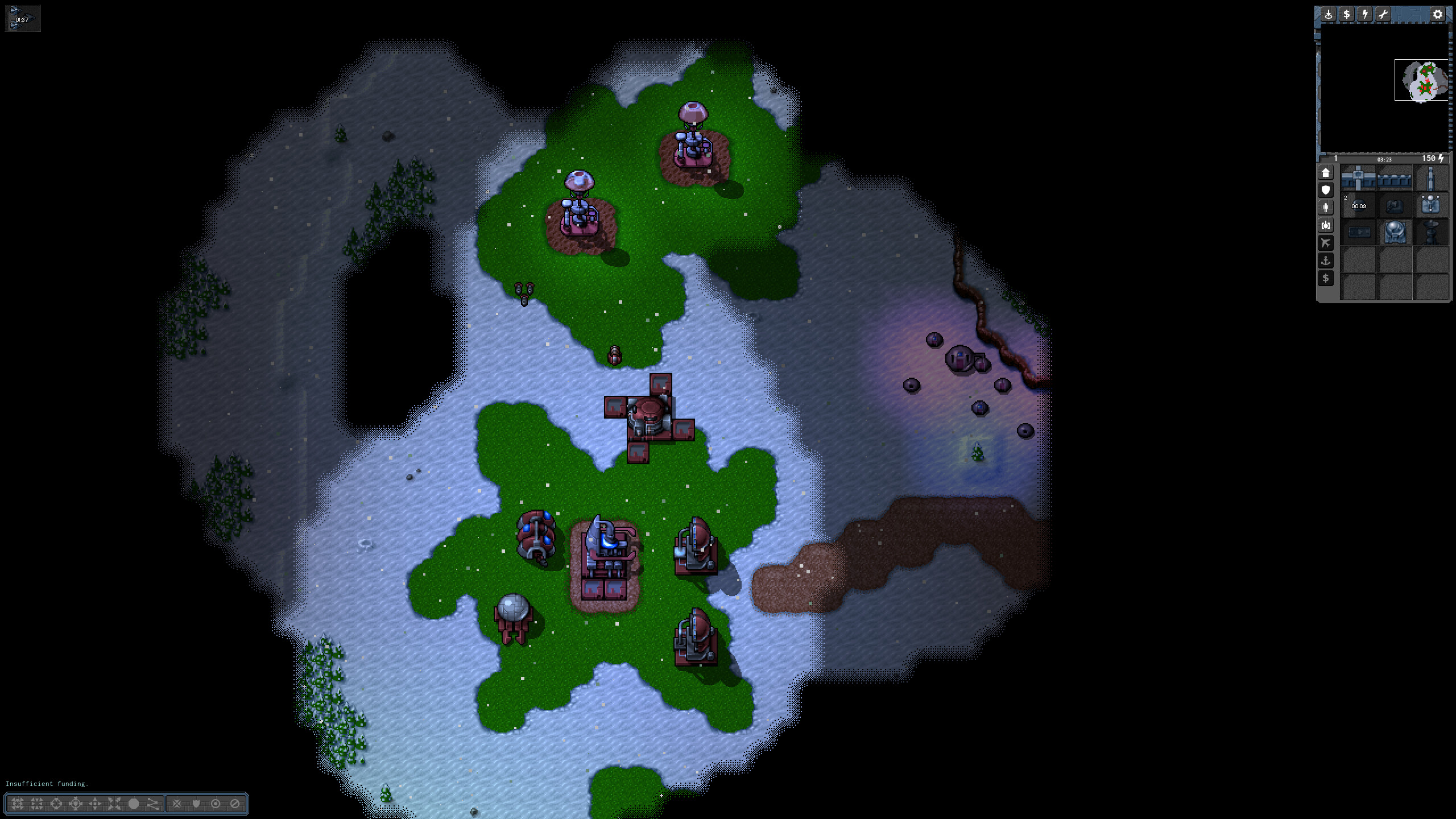Mastering Unit Control in Real-Time Strategy Games: A Key to Victory

Unit control is a crucial aspect of real-time strategy (RTS) games that can greatly influence the outcome of battles. This article delves into the topic of unit control, exploring its significance in RTS games and providing insights into effective strategies for managing units on the battlefield.
The Importance of Unit Control in RTS Games
In RTS games, players have direct control over various units, ranging from infantry and vehicles to powerful heroes or creatures. Proper unit control is essential for executing strategic maneuvers, optimizing unit efficiency, and gaining an advantage over opponents. Effective unit control allows players to respond quickly to changing situations, adapt their tactics, and outmaneuver their enemies.
Micro-management:
Maximizing Individual Unit Performance Micro-management refers to the detailed control and coordination of individual units. It involves tasks such as positioning units, executing specialized abilities, targeting priority enemies, and managing unit formations. Mastering micro-management skills enables players to make the most out of each unit’s unique abilities, maximize their damage output, and mitigate losses on the battlefield.
Macro-management:
Balancing Economy and Unit Production Macro-management focuses on the larger-scale aspects of unit control, such as resource management, base building, and unit production. It involves maintaining a healthy economy, efficiently allocating resources, and strategically producing units to maintain a strong fighting force. Proper macro-management ensures a steady flow of resources, a well-developed base, and a consistent stream of reinforcements to sustain long-term success in RTS games.
Effective Strategies for Unit Control
- Hotkeys and Control Groups: Assigning hotkeys and control groups to units and structures allows for quick and efficient control. This enables players to instantly select and command specific units or groups, reducing the time spent searching and selecting units manually.
- Tactical Positioning: Placing units in strategic positions, such as high ground or chokepoints, can provide defensive advantages or enable effective ambushes. Proper positioning allows units to engage enemies on favorable terms and exploit the terrain to their advantage.
- Focus Fire and Target Priority: Directing units to focus their attacks on specific enemy units or structures can quickly eliminate high-value targets and disrupt opponents’ strategies. Setting target priorities ensures that units prioritize threats and minimize losses during engagements.
- Flanking and Surrounding: Flanking maneuvers involve attacking the enemy from multiple sides or from the rear, creating a pincer movement that can catch opponents off guard and expose their vulnerable units. Surrounding an enemy unit can immobilize it and prevent escape or reinforcement.
- Retreat and Regroup: Knowing when to retreat and regroup is essential for preserving units and preventing unnecessary losses. Strategic retreats allow players to reposition their forces, reinforce weakened units, and reassess their strategies.
Unit control plays a pivotal role in real-time strategy games, influencing the outcome of battles and determining players’ success. By mastering micro-management and macro-management techniques, utilizing effective strategies for unit control, and making tactical decisions, players can gain a significant advantage over their opponents. Developing strong unit control skills requires practice, adaptability, and a deep understanding of the game mechanics. By honing these skills, players can elevate their gameplay, dominate the battlefield, and achieve victory in the dynamic and challenging world of RTS games.




